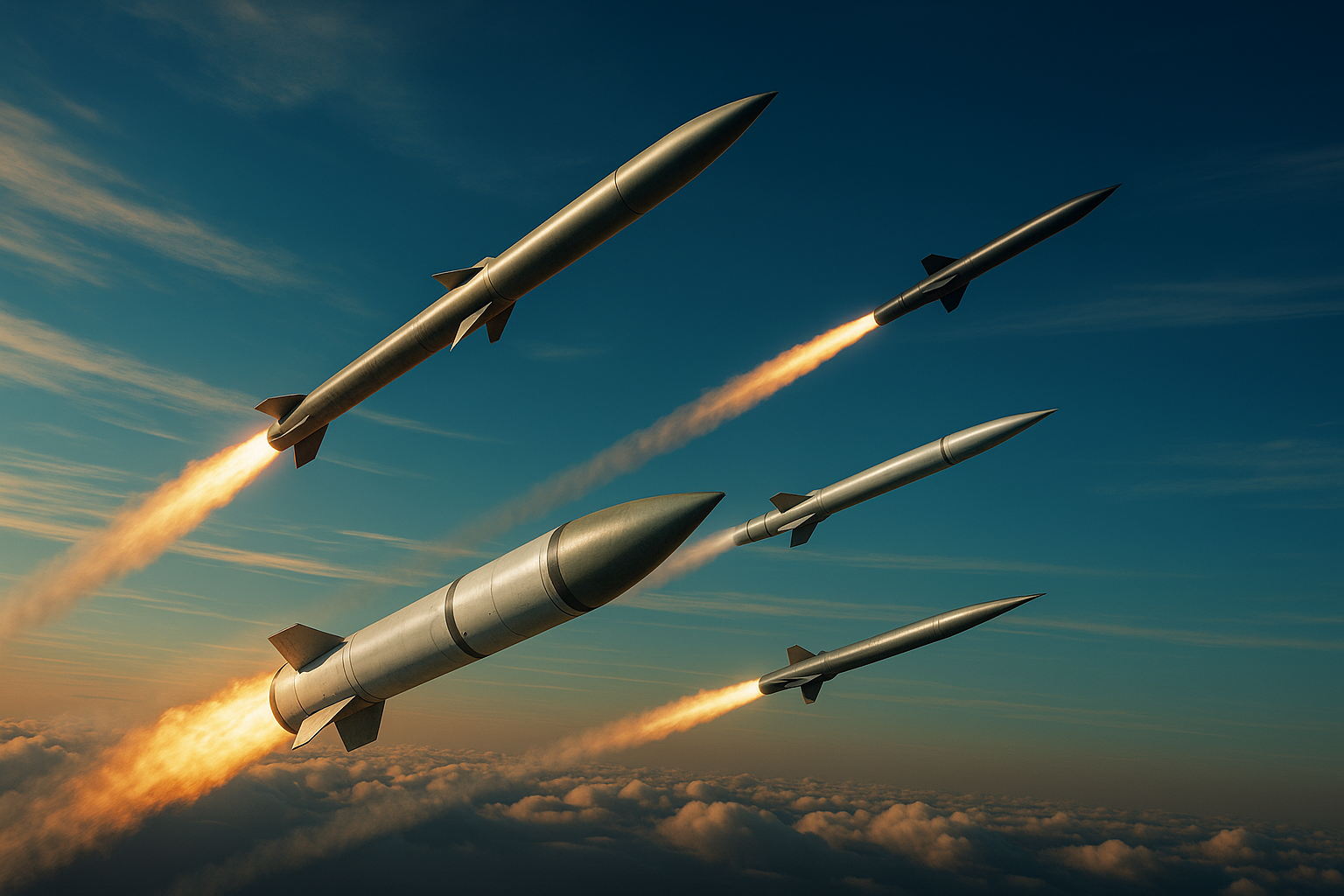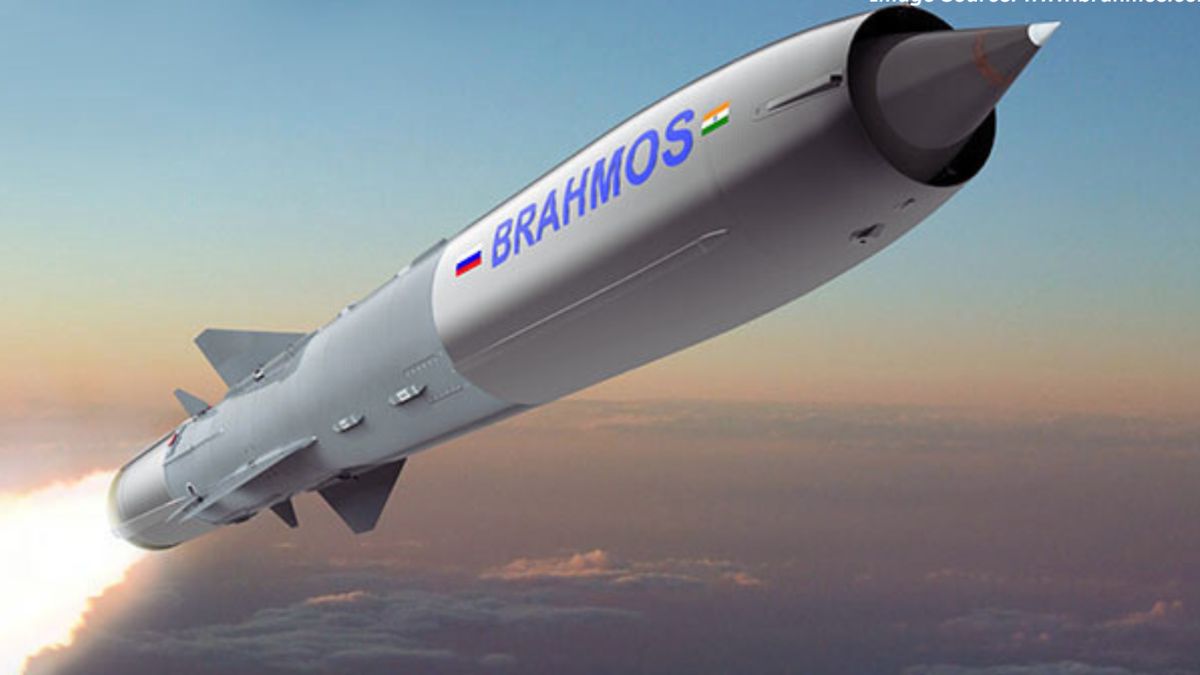India’s Expanding Missile Arsenal: From Battlefield Edge to Strategic Deterrence

India’s missile capability today spans the full range of operational needs — from tactical battlefield systems to long-range strategic deterrence. With recent advances in indigenous design, precision targeting, and multi-platform integration, India’s missile forces have emerged as a core pillar of its national defence doctrine.
These systems are not just designed to deter, but also to deliver rapid, decisive responses in times of conflict. India’s expanding inventory includes ballistic missiles, cruise missiles, hypersonic platforms, and missile defence systems — each tailored to specific mission profiles across terrain and threat levels.
What are ballistic missiles, and how are they classified?
Ballistic missiles are rocket-propelled weapons launched into high altitudes before descending toward their targets in an unpowered, gravity-guided phase. They are capable of carrying either conventional or nuclear warheads, making them central to both tactical and strategic warfare.
Ballistic missiles are typically classified by range:
- Short-Range (<1,000 km): Tactical battlefield use
- Medium-Range (1,000–3,000 km): Designed for regional targets
- Intermediate-Range (3,000–5,500 km): Extended regional deterrence
- Long-Range (>5,500 km): Strategic intercontinental capability
Which key missile systems does India currently operate?
India’s arsenal includes a mix of battlefield rockets, ballistic missiles, cruise missiles, and sea-based deterrents. Here are some of the most critical systems in active service or under development:
Pinaka Multi-Barrel Rocket Launcher (MBRL)
- Type: Artillery Rocket System
- Range: Up to 75 km
- Role: Saturation attacks on enemy positions
- Features: Rapid firepower, now enhanced with precision-guidance tech
Pralay Short-Range Ballistic Missile (SRBM)
- Range: 150–500 km
- Role: Tactical battlefield strikes
- Features: High-precision navigation, quick mobility
BrahMos Supersonic Cruise Missile
- Range: 290–450 km
- Speed: Up to Mach 3
- Role: Multi-platform system (land, sea, air-launched)
- Features: Precision targeting with supersonic strike speed
Agni Ballistic Missile Series (Agni-I to Agni-V)
- Range: 700 km (Agni-I) to over 5,000 km (Agni-V)
- Role: Nuclear-capable strategic deterrent
- Features: Multiple propulsion stages and improved guidance systems
Prithvi Missile Series (Prithvi-I and II)
- Range: 150 km (I), 350 km (II)
- Role: Tactical nuclear and conventional strike
- Features: Short-range delivery with flexible warhead options
Dhanush Missile
- Type: Ship-launched ballistic missile
- Range: Approx. 350 km
- Role: Naval strike capabilities
- Lineage: Naval variant of the Prithvi system
India’s missile development roadmap includes hypersonic and submarine-launched platforms, aimed at enhancing second-strike capability and rapid-response deterrence
Shaurya Missile
- Type: Hypersonic Ballistic Missile
- Range: ~800–2,000 km
- Role: Quick-response nuclear delivery
K-Series (Submarine-Launched Ballistic Missiles)
- K-15 (Sagarika): ~750 km range
- K-4: ~3,500 km range
- Role: Sea-based nuclear deterrence aboard INS Arihant-class submarines
What about India’s air defence and air-to-air missile capabilities?
India is also investing heavily in its missile defence and air dominance strategies.
Astra Missile
- Type: Beyond Visual Range (BVR) Air-to-Air Missile
- Range: ~110 km
- Role: Engage enemy aircraft at long distances
- Note: Extended-range versions in development
Akash Missile System
- Type: Surface-to-Air Missile
- Range: 25–30 km
- Role: Air defence against aircraft, drones, and cruise missiles
Why does this matter?
India’s comprehensive missile portfolio, combining indigenous innovation and strategic partnerships, serves multiple critical purposes — deterrence, rapid retaliation, area denial, and integrated battlefield superiority. As regional threats evolve and conflict theatres shift, India’s missile systems ensure that its strategic responses remain swift, scalable, and survivable.







